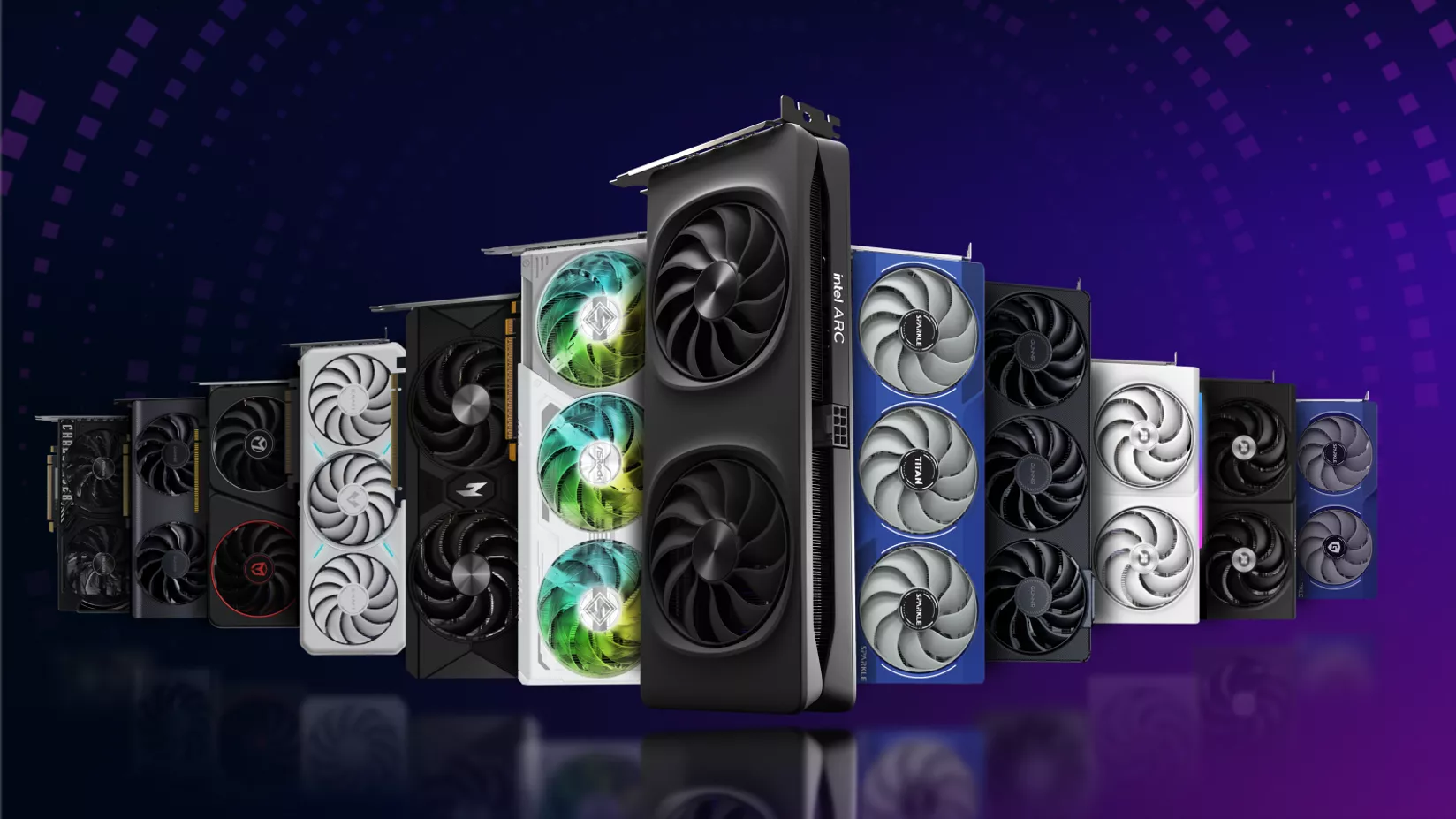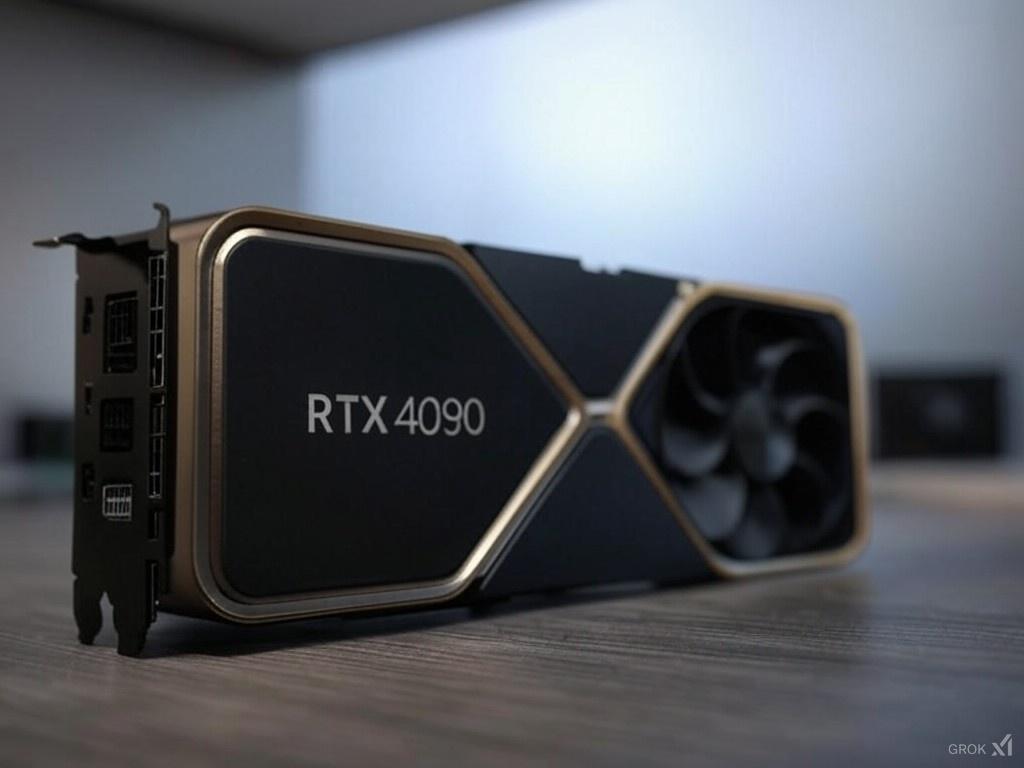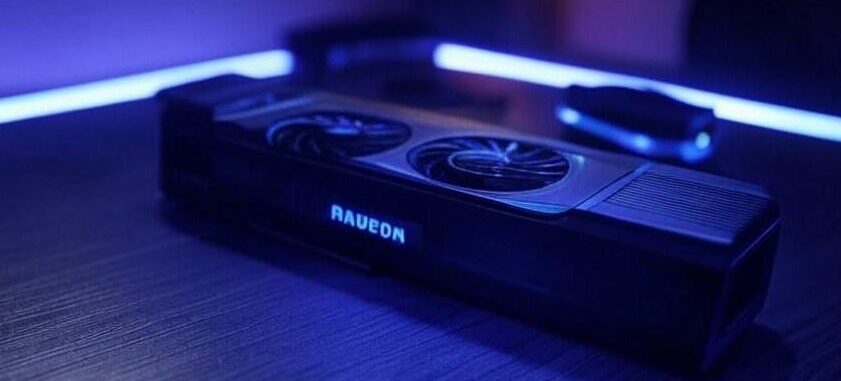Decoding GPU Specifications: A Beginner’s Guide to Understanding Graphics Cards
Graphics cards are certainly one of the most important elements of the gaming experience and entertainment on a computer. Knowledge of GPU specifications should enable one to select the correct card for personal purposes and hence save on cost and time of the buying process. This is a beginner’s approach to understanding specifications.
The Changing Value of Graphics Processing Power
The demand for a powerful GPU has never been more pressing as video games and applications get more demanding. With a more powerful card, you get bigger resolutions and faster frame rates-both contributing to a superior gaming experience.
What This Guide Will Teach You:
The history of GPUs, essential features, benchmarks, and the way of determining the perfect one will all become clearer to you after going through this article. Let us get on with it now.
Memory Bandwidth and Type: How the GPUs Access Data
Memory bandwidth indicates the amount of information that a GPU reads or writes in a specific interval. More memory bandwidth allows faster data access, which translates to improved performance. Common types of memory are GDDR6 and HBM2, each having its advantages.
Clock Speed: The Rate of Execution.
Clock speed indicates how quickly the GPU can execute instructions; it is usually measured in MHz. A faster clock speed may improve performance, but it is not the only consideration.

Key GPU Features Explained: Memory, CUDA Cores, and Additional Video RAM (VRAM): The Input Area for the GPU
VRAM is the GPU’s texture and image storage space. More VRAM enables the use of larger resolution files, which is highly significant in gaming. For most users, 4GB to 8GB will usually suffice, with higher-end applications requiring possibly 10GB+.
CUDA Cores/Stream Processors: The Workhorses of Parallel Computing
The efficient performance of parallel processing also relies on the strength of the CUDA cores, which are mainly enthusiastic features of NVIDIA GPUs. For AMD GPUs, there are stream processors that function with CUDA cores to ensure graphics are produced with calculations running side by side, an essential feature for gaming and content creation software.
Dynamic Frequency Adjustment: Boost Clock
Most GPUs come with a boost clock, which allows them to run faster in specific situations. That way, during tasks that require more resources, the GPU will optimize itself for a brief instant to jack up performance whenever it is needed.
Obtaining GPU Benchmarks and Performance Statistics.
FPS (Frames Per Second): Measure for Smoothness in Graphics
FPS measures how many frames a second can be rendered by a GPU. The frame-per-second increases to higher fluidity during the gaming process, with users aiming for a minimum of 60 frames per second for an engaging experience.
Understanding GPU Cores: The Brain of the Processor
GPU cores, or processors, work more like factory workers. The GPU with a higher number of cores can execute more instructions simultaneously. The faster the things get done, the quicker the display rendering and heavy math calculations will be.
Comparing Benchmarks: 3DMark and Unigine Heaven
Benchmarks are testing tools to assess how well a GPU performs. The most tested GPU Depending on the types of 3D graphics, these programs provide benchmark data. To get a good comparison, you should seek to benchmark based on these examples.
Understanding Benchmark Results: Finding the Bottleneck.
When comparing benchmarks, look for resolutions at various settings. If this is a card that’s good at lower settings but sluggish in terms of higher resolutions, it may not be the best for your system.
Choosing the Right GPU: Budget for Gaming-and-Beyond Performance versus Cost Considerations.
Definitely put your budget into view. Money for a GPU is not what it should be. Find out, however, how much you could use for the gaming card and possibility for your computer.
Gaming vs. Professional GPUs: The Right Application Calls for Individual Needs and Specifications.
The whole purpose of having a GPU might matter as much as its role game types, where fast frame rates and faster rendering service are more of a factor, maybe underpinned by processing power and reliability behind functions like 3D modeling.
Tips for Matching up Requirements between GPU and System.
Ensure that before installing a GPU, settings on your copy are checked. Make sure your power source is okay with the new card and that it fits into your case. Check for a cooling mechanism too.
Other Aspects to Consider: Cooling, Power Consumption, and Noise Two Categories of Cooling Solutions: Active vs. Passive Cooling.
Active cooling means coolers or fans. In passive cooling, the heat sink is used. Pick one of the two depending on your environment and how much you want to run the GPU.

Power Consumption: Matching PSU-rated demands to that of the GPU
Each GPU has a recommended rating of a PSU. Check that your PSU does not overdo the recommended or sufficient wattage on the GPU and components of the system.
Noise Levels: dB Ratings and Fan Curve
Most of the GPUs can become quite noisy if they are under stress. So, look for fans devices that will give you a good balance in terms of performance and noise. A quieter GPU will enhance your experience during various activities such as gaming or movie watching.
Conclusion: Understand GPU Specification to Make Good Choices
Key takeaways: Summarizing essential GPU specifications
Understanding GPU specifications generally comes with significant clues on which would best suit your needs. Remember the VRAM, CUDA cores, memory bandwidth, and clock speed.
Resources for Further Learning
To broaden your view, consider online resources, forums, and GPU reviews. Websites such as TechSpot and Tom’s Hardware carry extensive research and performance reviews.
Actionable Steps: Putting Knowledge into Practice
Regard this as a guide to start with. Research which specific GPU fits into your budget and goal. Knowledge is power, perhaps more so in the rapidly changing field of graphics cards.
A Deep Dive into PC GPUs: Performance, Benchmarks, and Choosing the Right Card
The simplest way to describe a GPU is as the brain behind the entire gaming PC; it is therefore responsible for rendering out lifelike graphics that we have all come to love. With the presence of options like NVIDIA, AMD, and even Intel, it is extremely difficult to settle on a particular GPU. This is a huge, all-encompassing guide that explains the key players, their performance, and how to choose a GPU that suits your needs.
 Leading Players in the Market
Leading Players in the Market
NVIDIA: Although regarded as the outright leader in the world of GPUs, NVIDIA has cards for everybody, from budget ones to the absolute best for hardcore gamers and even professionals. Flagship GeForce RTX series GPUs incorporate some of the most exciting technologies such as ray tracing and DLSS to bring you thrilling visuals and performance to die for.
AMD: A contender in the wilderness with the Radeon RX series; AMD comes at a price that could satisfy the wallet and their performances are good in some games. Their open-source focus for technology balances them out to attract quite a number of customers.
Intel: As a newcomer to the discrete GPU space, Intel has its Arc series, which is continuing to develop. Nonetheless, they present decent value for performance and features such as XeSS, their upscaling technology.
Explaining GPU Performance
Several different aspects measure GPU performance:
Clock Speed: This metric defines GPU data processing speed and is represented in a unit measured in MHz or GHz. A faster speed means better performance; therefore, it is best to have a higher clock speed.
Cores: This defines the number of units that the GPU uses to perform concurrent processes. The greater the number of cores, the greater the processing power.
VRAM: Video RAM memory is dedicated solely to the GPU. In general, the more VRAM, the better the performance at higher resolutions and detailed graphics settings.
Memory Bandwidth: This describes the speed at which information is transferred between the GPU and its own memory. The higher bandwidth allows for large textures to be handled more efficiently and increases the frame rate.
Architecture: The design and technology used by a GPU, for instance, NVIDIA’s RTX or AMD’s RDNA 3, will heavily influence the performance delivered.
Getting to Know GPU Benchmarks
Benchmarks are standardized performance tests done on GPUs across various tasks and games. Some relatively popular benchmarks are:
3DMark: A comprehensive suite of tests that measure overall GPU performance, including DirectX and Vulkan support.
Superposition: A demanding benchmark that utilizes ray tracing and other advanced graphics techniques.
Time Spy: A positional ranking of DirectX 12 performance for modern gaming.
Port Royal: A stand-alone ray tracing benchmark.
Finding the Right GPU for You
The best GPU for you depends on your budget, gaming preferences, and desired resolution:
Budget?: Consider NVIDIA’s GeForce GTX 1650 or AMD’s Radeon RX 5500 XT to play games at 1080p with high image settings.
1440p Gaming: Customers will prefer NVIDIA’s GeForce RTX 3060 Ti or AMD’s Radeon RX 6700 XT for 1440p gaming.
4K Gaming: Best for 4K gaming, NVIDIA’s GeForce RTX 3080 or AMD’s Radeon RX 6800 XT, runs the toughest games with high frame rates and ray tracing turned on.
Ray Tracing: Enthusiasts are best served with NVIDIA’s RTX lineup, which uses dedicated ray tracing cores for top-level ray tracing.
In the End: Beyond Gaming-or-Professional Applications
GPUs are valuable, not only for gaming but for other imperative means of generating: content making-videography, 3D modeling, and graphic design.
Artificial intelligence– these applications will likely involve machine and deep learning activities.
Scientific computing-this can help researchers to speed up simulations and data analysis.
The future of GPUs.
The future of graphics cards is one filled with promise in extensions such as;
Ray Tracing: Realistic lighting and reflections are set to become commonplace.
Artificial Intelligence: Amazing features powered by AI such as DLSS and XeSS would also keep improving image quality and performance.
Virtual/Augmented Reality: GPUs thereby assume the foremost role in giving life to immersive VR and AR experiences.
Conclusion
Selecting the right GPU could really help your PC’s performance and enhance your overall gaming experience. Consider some key aspects in order to do some research on the different models and then weigh their benefits based on cost and needs-to make an informed decision that would ultimately yield the best possible visual experience.
Disclaimer: The piece was designed to be categorical and should not be interpreted as investment or financial advice. Actual GPU performance conditions vary widely depending on system configuration, game settings, and driver versions. It is always best to refer to mature sources with consumer-satisfied reviews and benchmarks before agreeing on purchase.
Note: This article is a general overview and does not provide exhaustive detail of other GPU models. Please refer to the official web pages of NVIDIA, AMD, and Intel for up-to-date information and details on specifications.
Back To Article Category
Soğanlı su kaçak tespiti Arnavutköy su kaçağı tespiti: Arnavutköy’de su kaçaklarını noktasal tespit ediyoruz